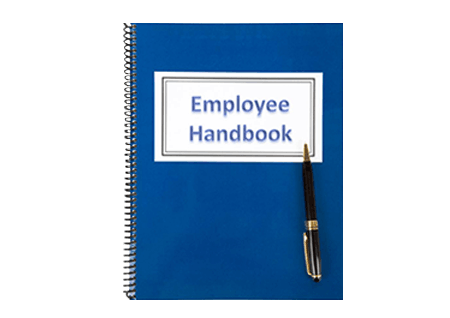We can all see the media is overflowing with reports of worker discrimination every day, from sexual harassment, to discrimination based on race, gender identity, age, military redeployment, and pregnancy. The list is seemingly endless. So, what does this mean for employers such as yourself? Such cases are estimated to cost employers more than $60 billion annually.
The median legal expense alone for employer defendants is $150,000, excluding the monetary awards to plaintiffs who won their case, according to UCLA-RAND Center for Law and Public Policy. And the average after damages are awarded runs into six figures as well.
Just reading news websites, magazines, and newspapers can make a human resources manager shudder—there are so many reports of companies who failed to cover their own back in their hiring practices and policies…and you definitely don’t want to be one of them! The firewall against such suits starts with human resources and often ends there, especially when it comes to investigating complaints and retaliatory complaints of those already hired and working for the company.
So, how can you avoid this?
First, your human resources department must understand and study the laws, most notably the Fair Labor Standards Act regarding wages; federal civil rights laws regarding race, age and gender discrimination; the Family and Medical Leave Act that requires maternity leave for both mothers and fathers while ensuring they are reinstated to the exact same position from which they left; and the Uniform Services Employment and Reemployment Rights Act that protects the rights of those called to military duty.
Knowing these laws inside and out is no small task for any HR staff, especially considering the added onus of knowing the most recent law regarding employees nationwide: the Patient Protection and Affordable Care Act which affects every employer’s health benefits.
Unfortunately, your HR team’s responsibility in this regard does not just stop with knowing the laws. They must also make sure they communicate your company’s policies in regard to these laws throughout the company, from top to bottom tier.
As for creating hiring policies and procedures as impermeable as possible to costly litigations, your HR department must first hire professionals within their own staff who are familiar with the many laws intended to protect workers’ rights, as well as those laws that protect—or don’t protect—employers from such egregious attacks as retaliatory complaints by employees.
Then, your HR team must establish as inclusive a strategy as possible when it comes to potentialities of suits and actions against your business. In other words, they must know how wide the policy must stretch in accordance to what kind of business is being operated and what constitutes a model employee for your business to prosper—which conveniently ties into your overall operations strategy.
Knowing the laws as they relate to your company’s overall business and employee recruitment base is critical for all HR departments. Again, litigation shields often overlap with what is considered just good, common-sense business practice. For example, recruitment of suitable workers for your company by HR can be your first line of defense. Your HR department must identify the employment pools and third-party hiring tools, such as career websites, that are going to present applicants who are truly qualified for the job at hand and fit the worker environment particular to your industry or company.
Recruiting applicants from sources that cover a wide gamut of worker types can increase a company’s vulnerability to suits regarding discrimination and other worker protections. It is imperative that your HR team recruits from resources offering the right type of talent for the particular business.
 Also, make sure your employee handbook and related policy literature cover the entire spectrum of how your business deals with hiring, training, and protecting the rights of new employees. The legal beagles hired to form your HR team at the onset—the ones who fully understand the laws—should review your entire handbook and related manuals, whether printed or electronic documents. Use your HR legal experts to keep your policies updated in accordance to new laws and amendments to laws that can affect your workplace.
Also, make sure your employee handbook and related policy literature cover the entire spectrum of how your business deals with hiring, training, and protecting the rights of new employees. The legal beagles hired to form your HR team at the onset—the ones who fully understand the laws—should review your entire handbook and related manuals, whether printed or electronic documents. Use your HR legal experts to keep your policies updated in accordance to new laws and amendments to laws that can affect your workplace.
As one can easily see, an HR department can be easily overburdened by the continued evolution of hiring and worker compliance laws, especially HR departments who are understaffed in the first place. This is why invoking regular audits of your company’s procedures should be part of your strategy or modus operandi.
Finally, similar to handbooks and manuals, your HR team is obligated to constantly communicate with every level of its personnel chain when new policies, laws, and remediation avenues available to employees arise. Get the word out via every media available to your company: electronic, print, bulletin board, supervisor-employee discussions, and applicant recruitment packages.
Being thorough when it comes to HR communication can truly save your company thousands over the life of your business. If the proper channels for complaints, effective communications methods, appropriate talent pools, and, most of all, the legal wherewithal are all in place when it comes to your HR strategy, your company will position itself to beat the law of averages regarding litigation based on discrimination or similar grievances.
from
https://drugtestsinbulk.com/blog/hr-strategy-to-avoid-discrimination/
from
http://drugtestsinbulk0.blogspot.com/2016/10/how-your-hr-strategy-can-reduce.html

No comments:
Post a Comment